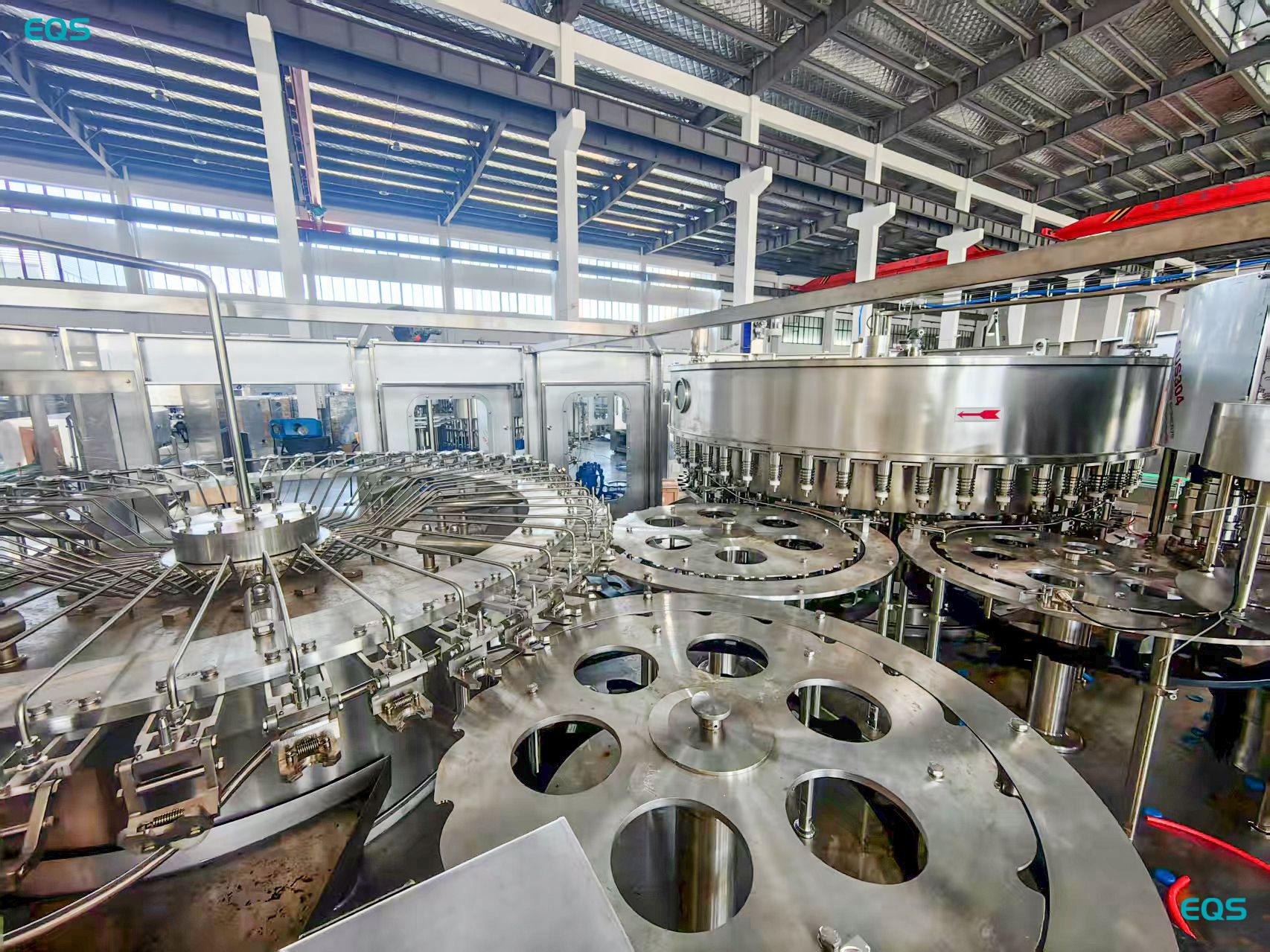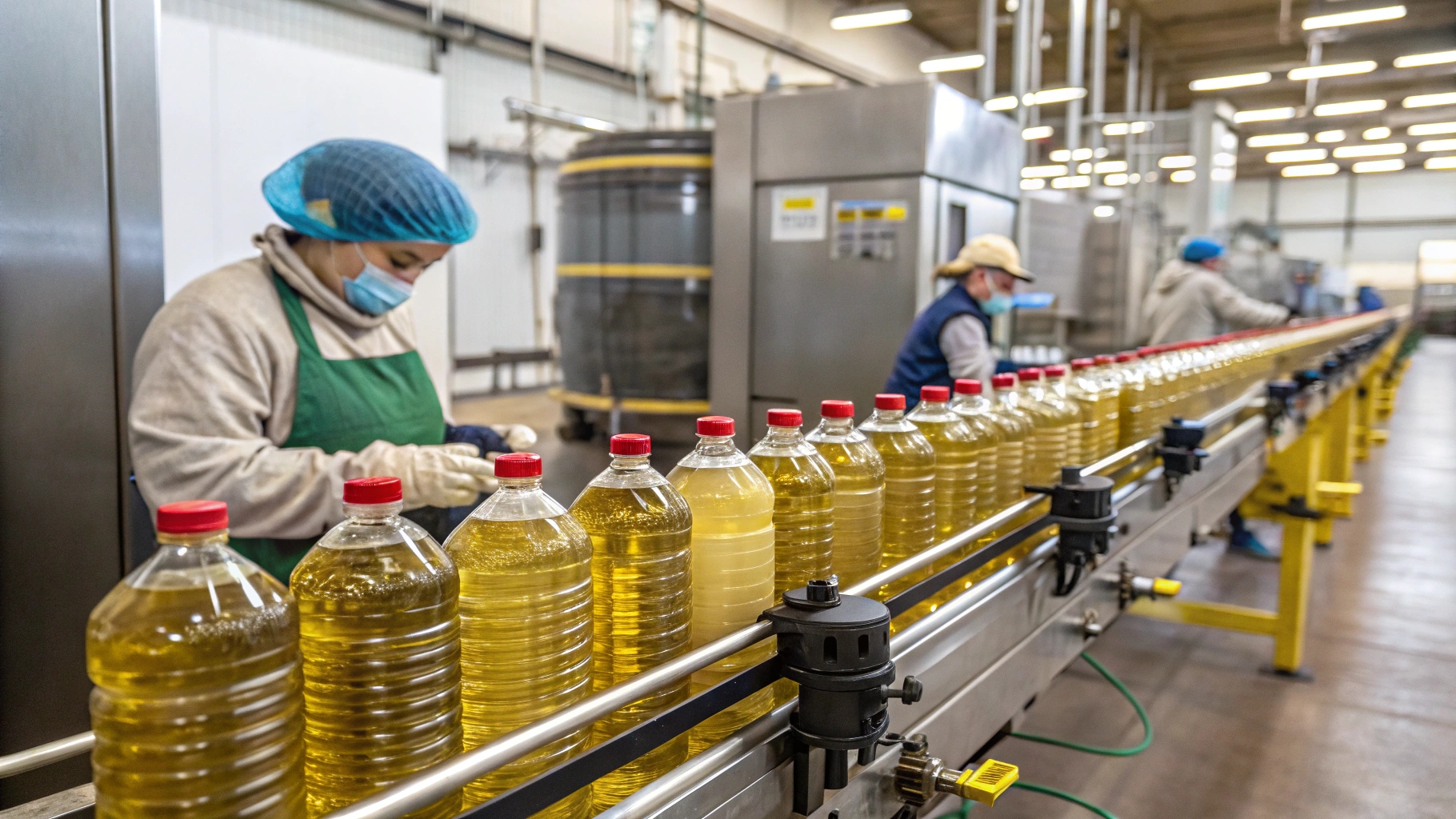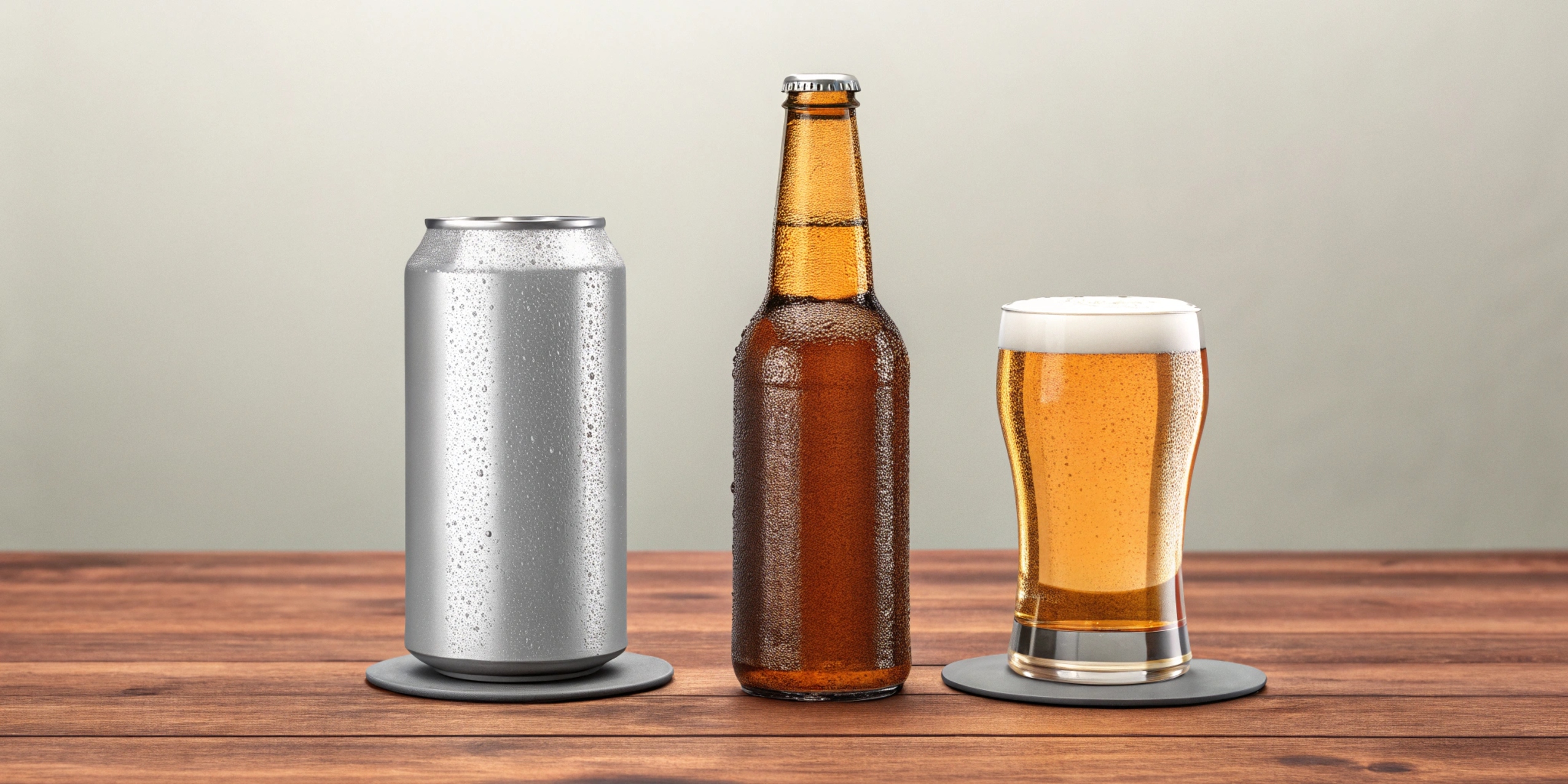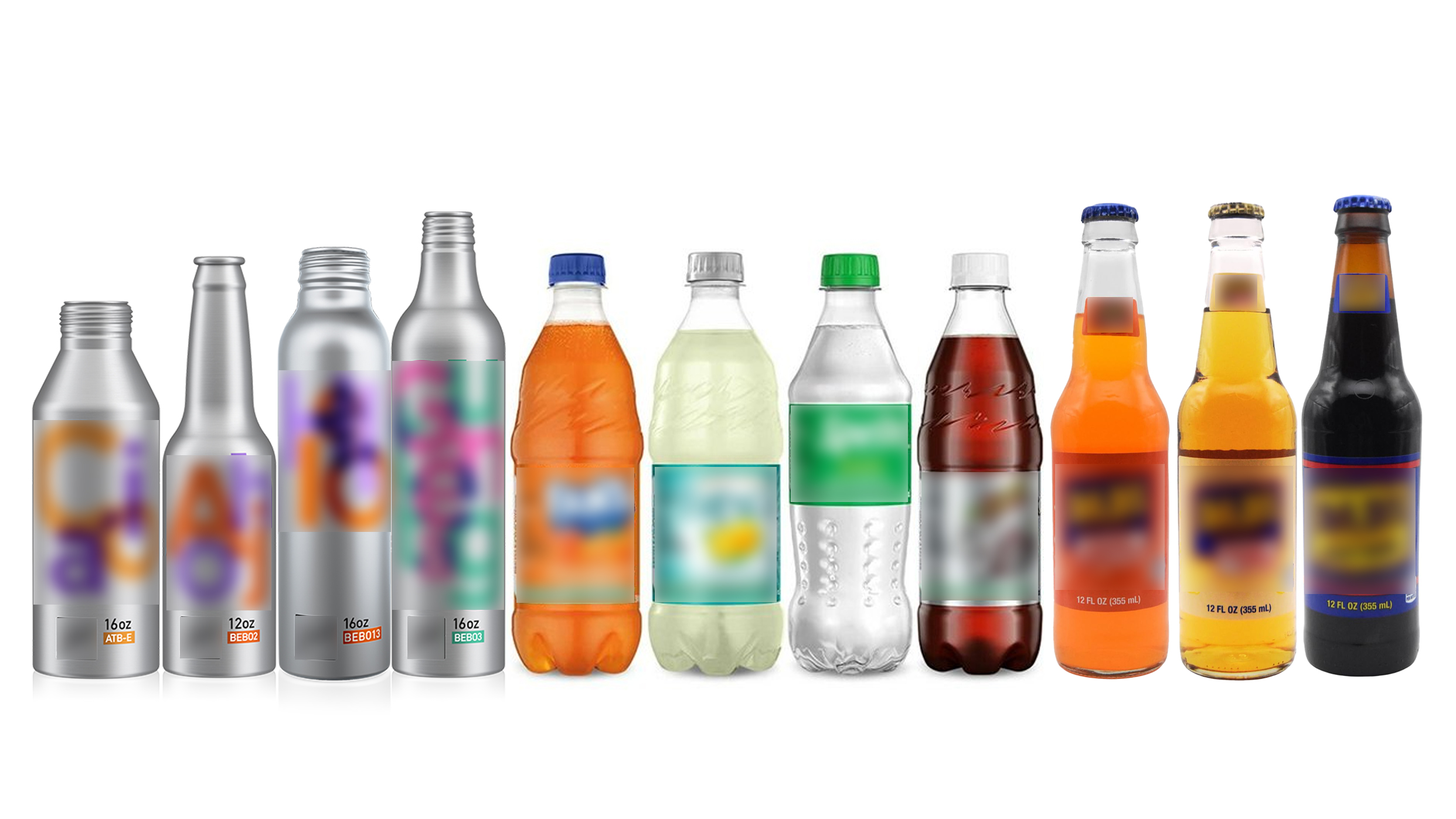How To Choose a Tea Beverage Filling Machine?
leading paragraph:
Want the perfect tea filling machine? Here’s how to choose!
snippet paragraph:
Choosing the right tea beverage filling machine means considering product characteristics, automation level, filling temperature, bottle type, and hygiene requirements. Think about viscosity, speed, and packaging compatibility for smooth filling. Hygiene and after-sales support are key for long-term reliability.
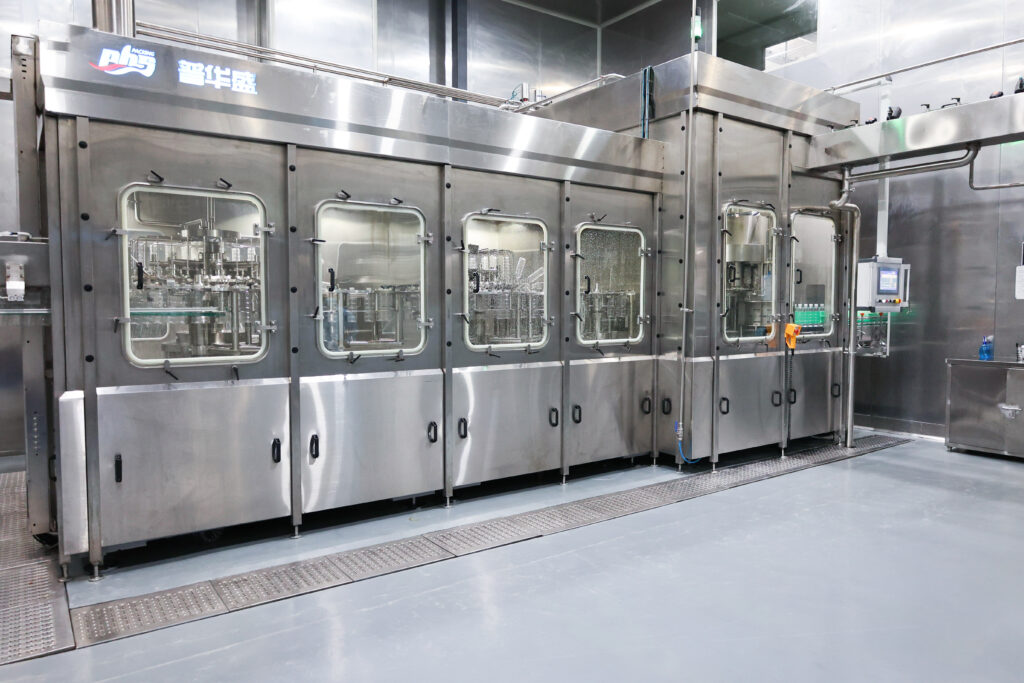
Transition Paragraph:
Let’s explore the key factors to help you pick the ideal tea filling machine for your needs.
Consider Product Characteristics
leading paragraph:
What kind of tea are you filling? It matters!
snippet paragraph:
The characteristics of your tea beverage—like viscosity, presence of particles, and potential for foaming—greatly influence the type of filling machine you need. High-viscosity teas or those with pulp require machines designed to handle thicker liquids without clogging or affecting filling accuracy.

Key Considerations
- Viscosity: Thick or thin?
- Particles: Pulp or clear?
- Foaming: Does it foam easily?
- Temperature: Hot or cold fill?
Dive deeper Paragraph:
Understanding the specific characteristics of your tea beverage is the first crucial step in selecting the right filling machine. These characteristics dictate the type of filling mechanism needed and the materials the machine should be made from.
Viscosity
Viscosity refers to the thickness of the tea beverage. High-viscosity teas, such as those with added thickeners or a high concentration of tea solids, require machines with wider nozzles and more powerful pumps to ensure smooth and consistent filling. Gravity fillers or piston fillers are often suitable for viscous liquids.
Particles
If your tea beverage contains particles, such as fruit pulp, tea leaves, or other solid ingredients, you'll need a machine designed to handle these particulates without clogging. Machines with larger openings and agitation mechanisms can help keep the particles suspended and prevent blockages.
Evaluate Automation Level
leading paragraph:
How much automation do you need? Decide this first!
snippet paragraph:
Decide on the automation level based on your production volume and budget. Semi-automatic machines are suitable for smaller operations, while fully automatic machines boost efficiency and reduce labor costs for larger-scale production. Consider the long-term cost savings from reduced manual intervention.

Automation Options
- Semi-Automatic: Manual operation.
- Fully Automatic: Automated process.
- Rotary Fillers: High speed filling
- Inline Fillers: Flexible filling
Dive deeper Paragraph:
The level of automation you choose for your tea beverage filling machine will significantly impact your production efficiency, labor costs, and overall operational expenses. Selecting the right level depends on your current and future production needs.
Semi-Automatic Machines
Semi-automatic machines require manual intervention for certain tasks, such as placing bottles, starting the filling process, and removing filled bottles. These machines are a good option for small-scale operations with lower production volumes, as they are generally more affordable than fully automatic machines.
Fully Automatic Machines
Fully automatic machines automate the entire filling process, from bottle feeding to capping and labeling. These machines offer higher production speeds and reduced labor costs, making them ideal for larger-scale operations.
Consider Filling Temperature
leading paragraph:
Hot fill or cold fill? Know your tea!
snippet paragraph:
The filling temperature not only affects the material and design of the machine, but also the final nutritional value of the beverage. Hot filling, often used for preserving tea with preservatives, bottle requires heat-resistant materials. Aseptic cold filling is suitable for preserving the taste and nutritional value of tea, with a longer shelf life, and is more suitable for the current market. Ensure the machine is compatible with your tea's filling temperature to maintain quality and safety.
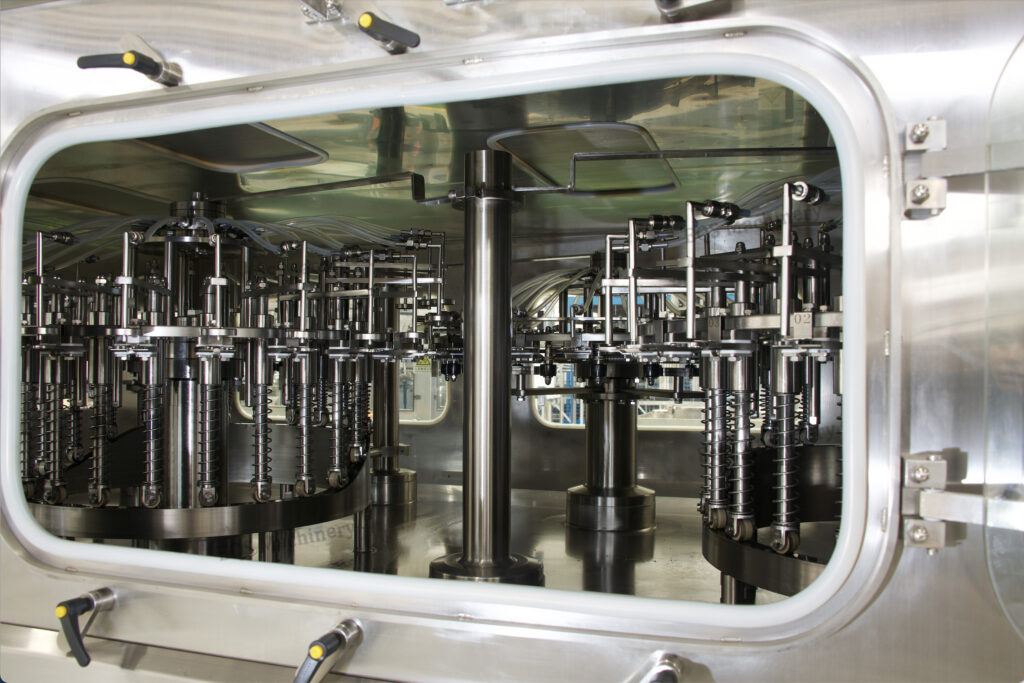
Temperature Considerations
- Hot Fill: Requires heat resistance.
- Aseptic Cold Fill: Low temperature filling can better maintain the nutritional value of beverages
- Material Compatibility: Some materials can leach into the product if the wrong temperature is used.
- Energy consumption: Hot fill will need extra energy to heat up the water.
Dive deeper Paragraph:
The temperature at which you fill your tea beverage plays a crucial role in both preservation and the selection of appropriate machine components. Hot filling and aseptic cold filling have distinct requirements that must be considered to ensure product safety and quality.
Hot Filling
Hot filling involves filling the tea beverage at a high temperature, typically between 85-92°C (185-197.6°F). This method is often used to preserve the tea, need for chemical preservatives. The high temperature helps to kill remaining microorganisms, But the nutritional value of tea can also be lost.
Aseptic Cold Filling
Cold filling is suitable for tea beverages that have already been pasteurized or sterilized. In this process, the tea is cooled to a lower temperature, usually around Usually around 25℃(77℉) or below, before being filled into the containers.
Prioritize Hygiene Requirements
leading paragraph:
Cleanliness is key! Make sure your machine is sanitary.
snippet paragraph:
Hygiene is paramount in tea beverage production. Choose a machine made of stainless steel with easy-to-clean surfaces. Ensure it meets sanitary standards and can undergo thorough cleaning and sterilization to prevent contamination. Regular maintenance and cleaning protocols are essential for food safety.
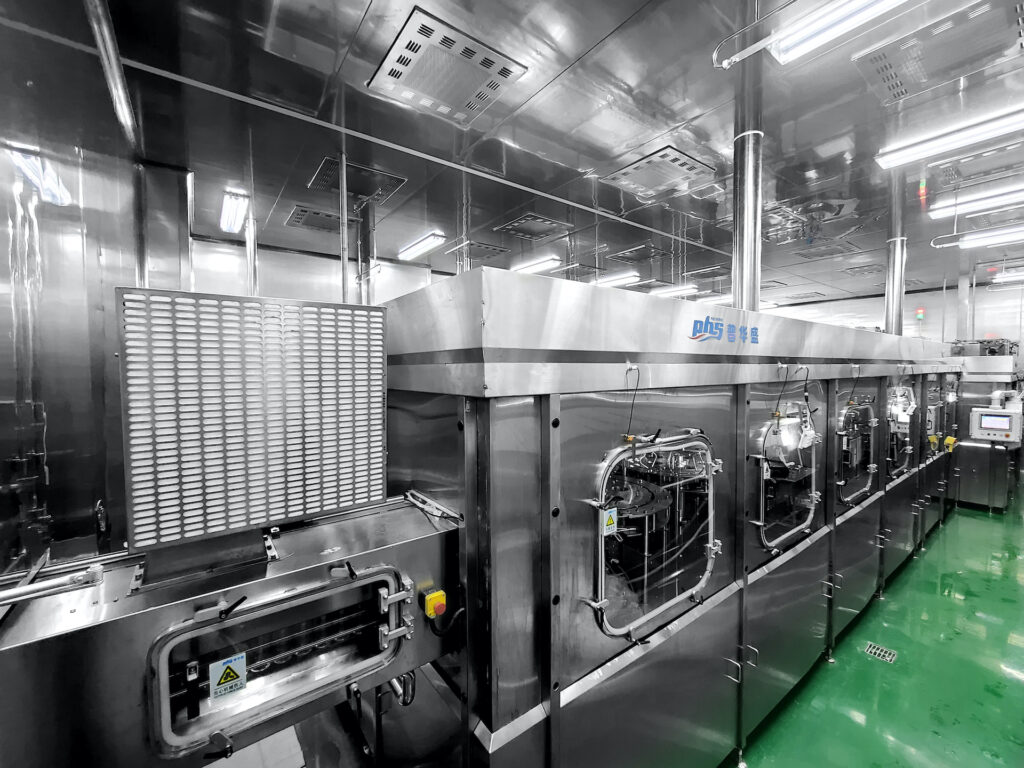
Hygiene Factors
- Stainless Steel: Easy to clean.
- Sanitary Standards: Meets regulations.
- Easy Cleaning: Accessible parts.
- CIP Systems: Clean in place.
Dive deeper Paragraph:
Maintaining impeccable hygiene standards is of utmost importance in tea beverage production to prevent contamination and ensure consumer safety. The filling machine should be designed and constructed with features that facilitate thorough cleaning and sterilization.
Stainless Steel Construction
Stainless steel is the preferred material for tea beverage filling machines due to its durability, corrosion resistance, and ease of cleaning. Stainless steel surfaces are non-porous and do not harbor bacteria, making them ideal for food contact applications.
Sanitary Standards
Ensure that the filling machine meets relevant sanitary standards and regulations, such as those set by the FDA (Food and Drug Administration) or other regulatory bodies. Compliance with these standards demonstrates that the machine is designed and manufactured to minimize the risk of contamination.
Choose the Right Bottle Type
leading paragraph:
What kind of bottles will you use? Plan ahead!
snippet paragraph:
Your choice of bottle—glass, plastic, or aluminum—affects the filling machine's design. Glass bottles require gentle handling to prevent breakage, while plastic bottles need machines that avoid deformation. Aluminum cans need specific seaming equipment. Choose a machine compatible with your packaging material for optimal performance.
Bottle Material
- Glass: Gentle handling.
- Plastic: Avoid deformation.
- Aluminum: Seaming equipment.
- Bottle Shape: How it is shaped is also important
Dive deeper Paragraph:
The type of bottle you use for your tea beverage will influence the design and functionality of your filling machine. Different materials have unique characteristics that require specific handling and filling techniques.
Glass Bottles
Glass bottles require gentle handling to prevent breakage. Filling machines designed for glass bottles often have cushioning mechanisms and sensors to detect and reject damaged bottles.
Plastic Bottles
Plastic bottles are lighter and more durable than glass, but they can be prone to deformation if not handled properly. Filling machines for plastic bottles should have adjustable pressure settings and support mechanisms to prevent the bottles from collapsing during the filling process.
Conclusion
Picking the right tea filling machine takes thought. Consider your product, needs, and budget to make the best choice!
My name is Allen, and I'm an expert in filling machine technology at EQS (eqsfilling.com), a leading liquid packaging solution provider based in China. If you're looking for top-quality filling machines for your production line, feel free to reach out to me at [email protected]. We specialize in providing customizable solutions with cutting-edge technology.


